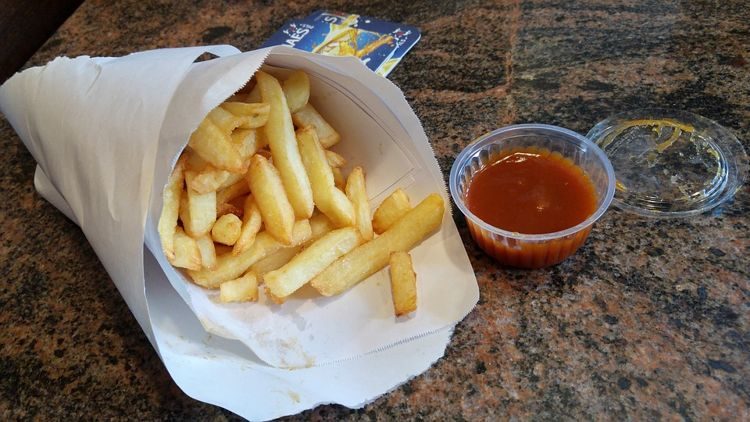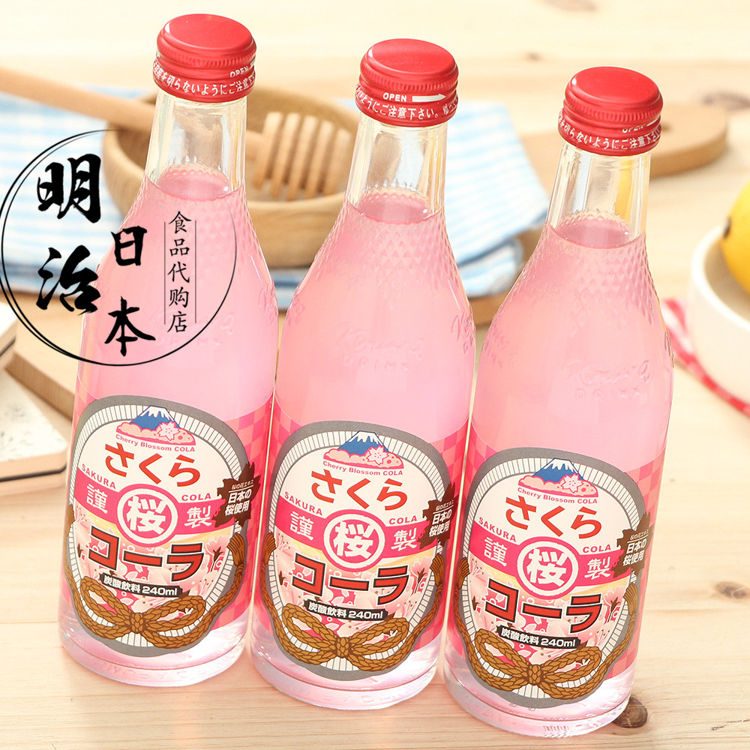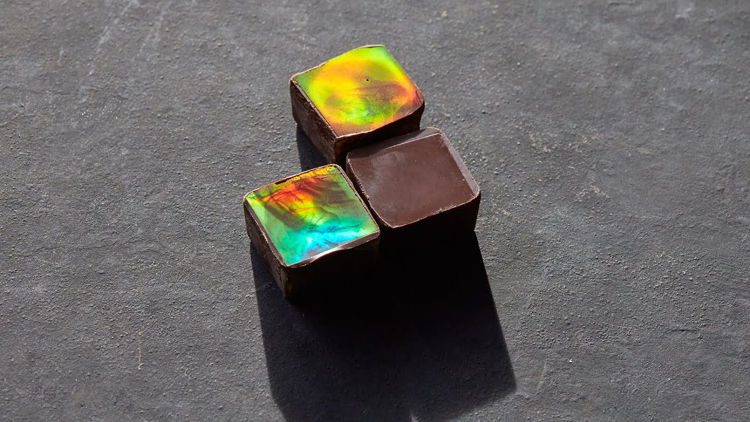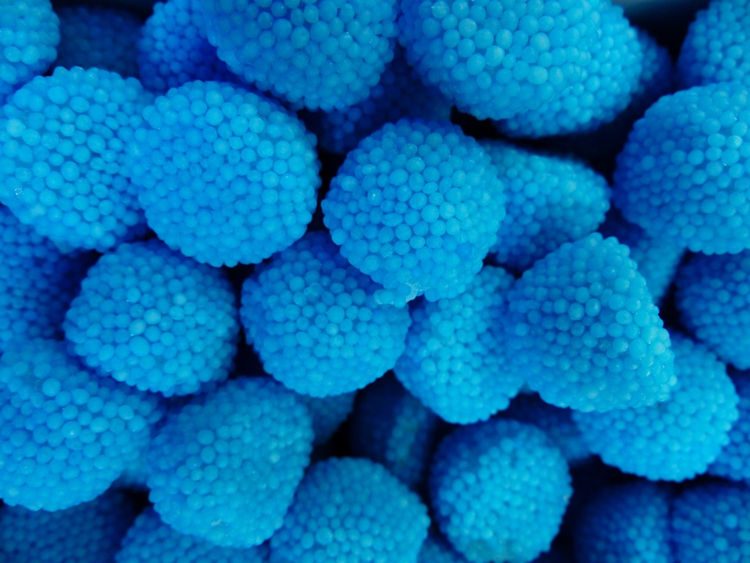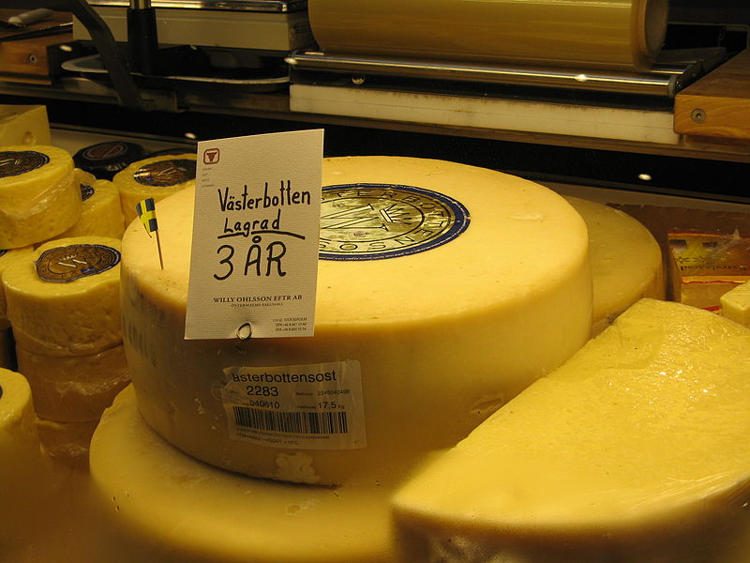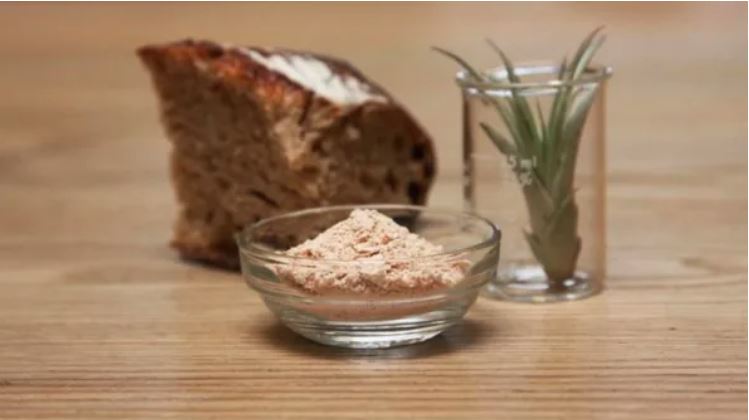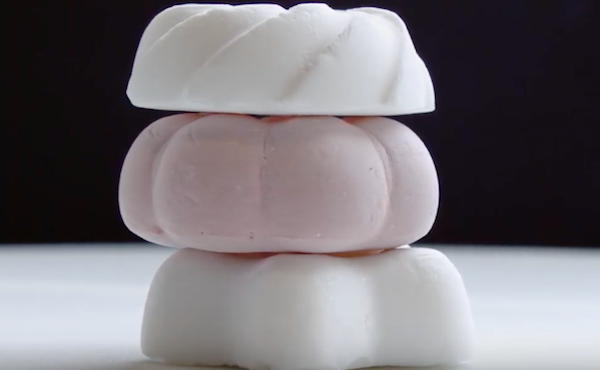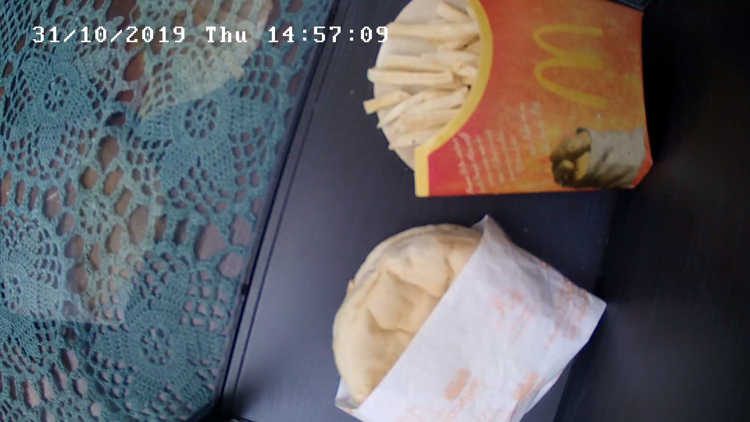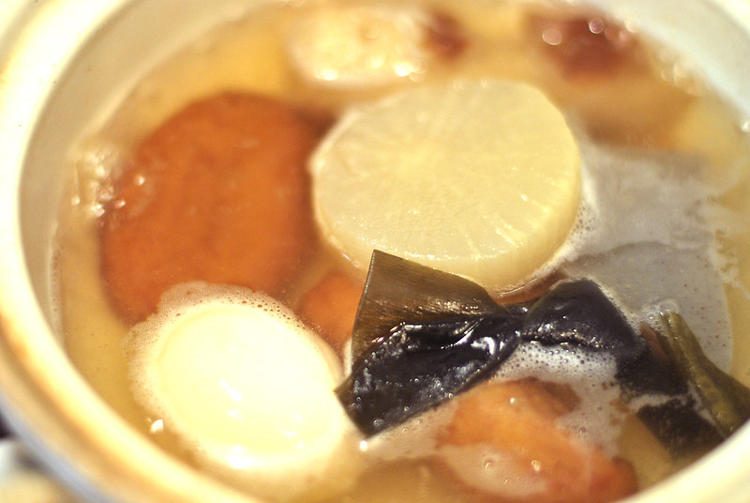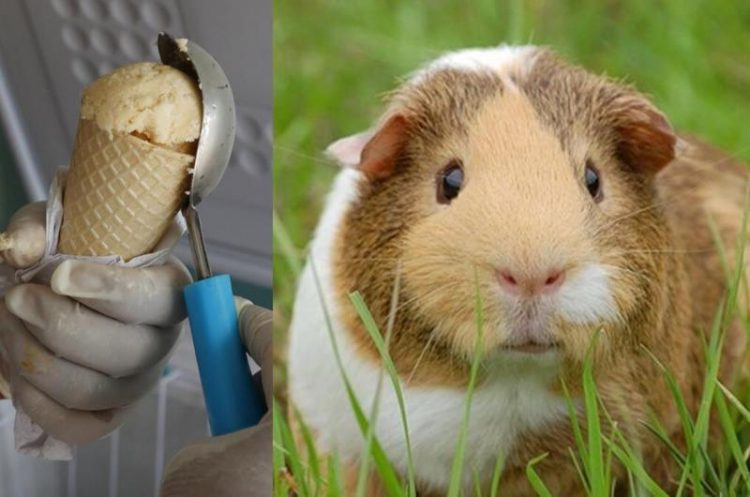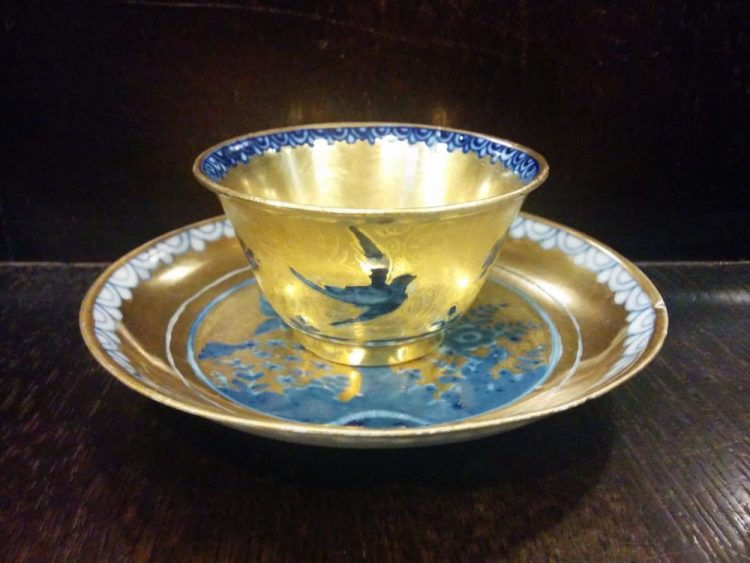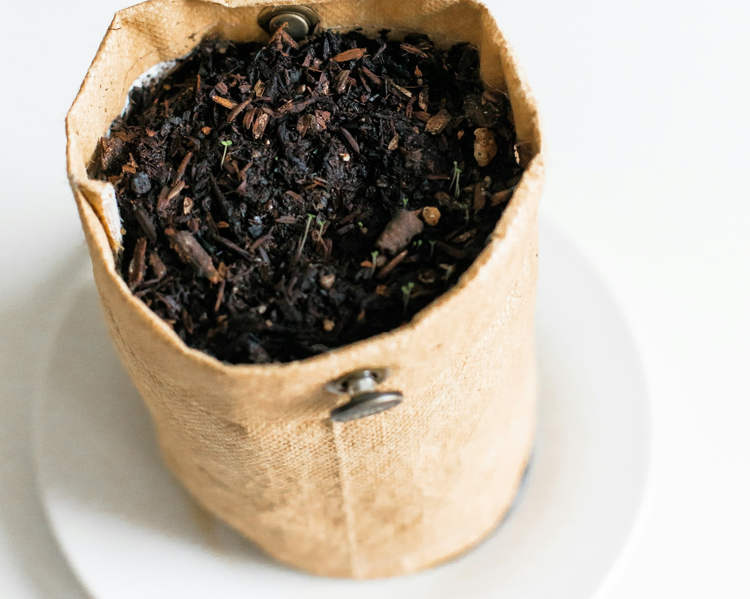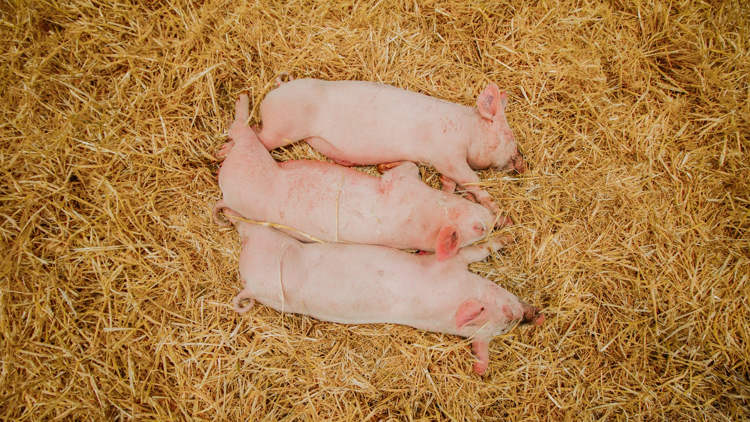A 45-year-old Belgian man claims that he has eaten only potato fries and a fricadelle – Dutch hot dog – for dinner every day ever since he was 13.
Rudy Gybels, a resident of Schaffen in Belgium’s Flemish Brabant province, has had the same food for dinner every evening since he was a teenager. It all started when he was 13, when his mother, desperate to get him to eat more fruits and vegetables, came up with a compromise solution. Rudy would eat healthy food at lunch, and he was free to enjoy his favorite food – potato fries – for dinner. And he has been sticking to that deal ever since, eating only fries for dinner every evening for the last 32 years.

